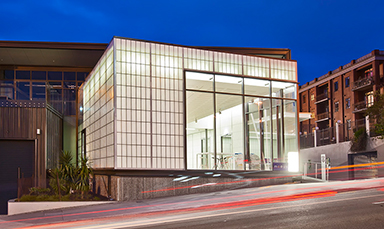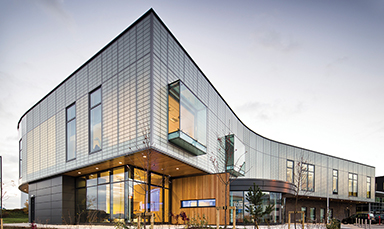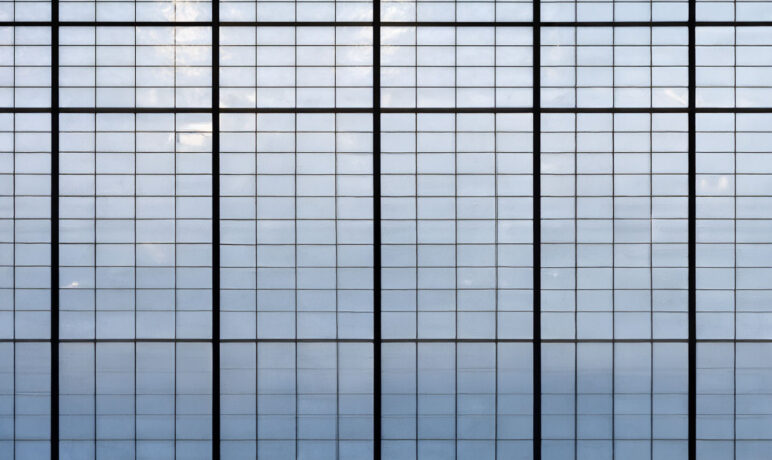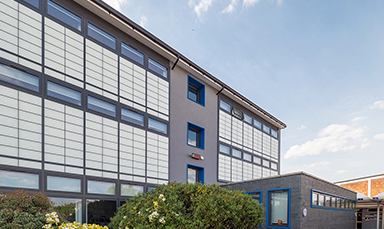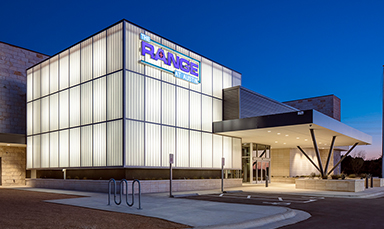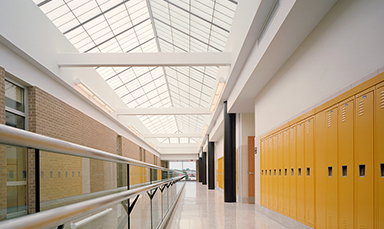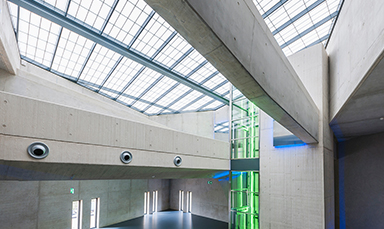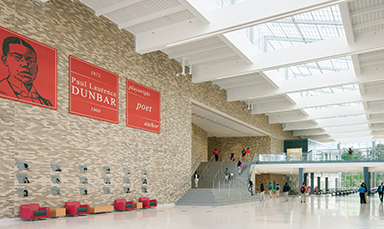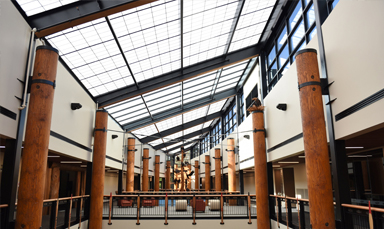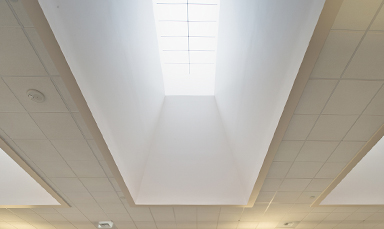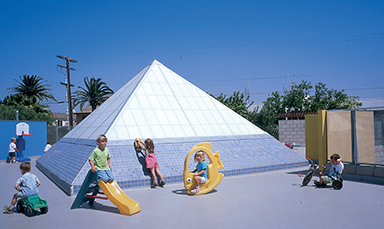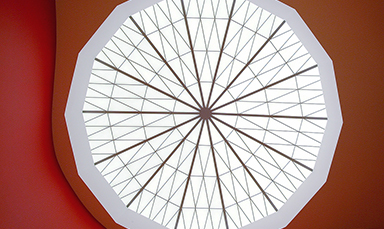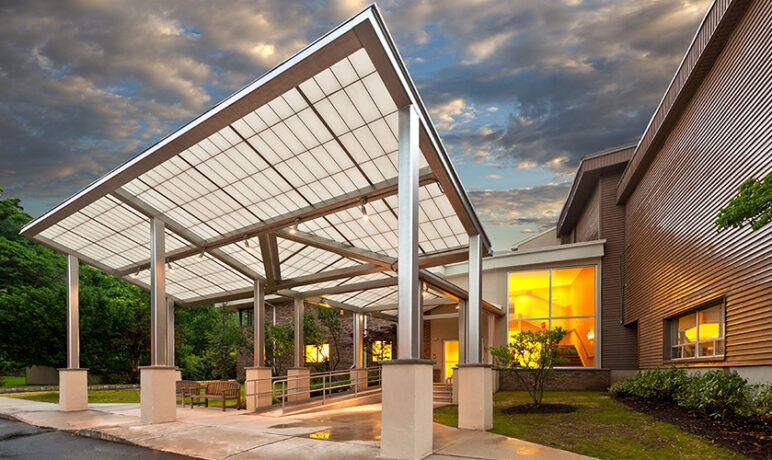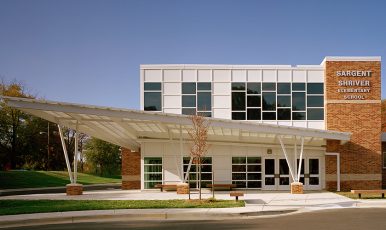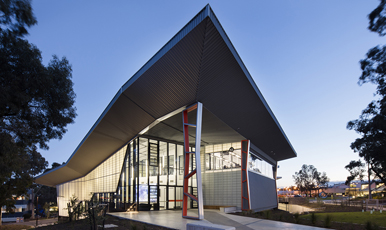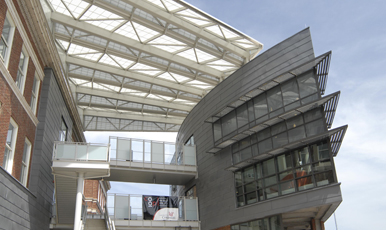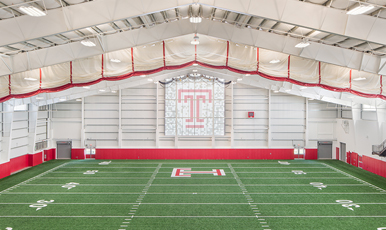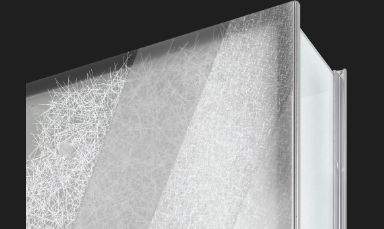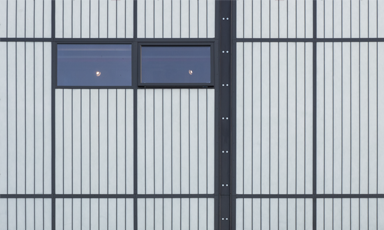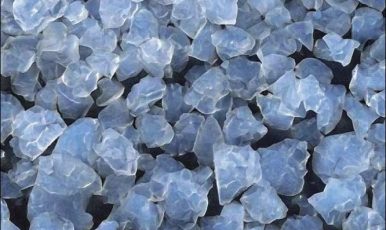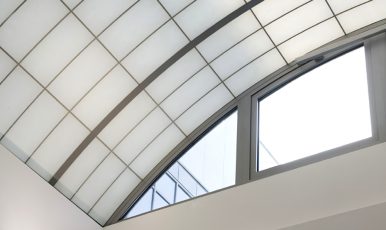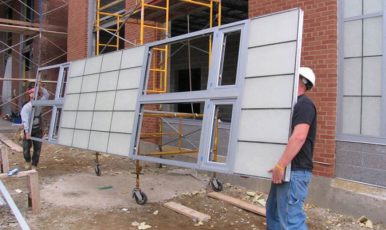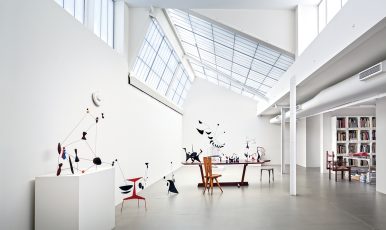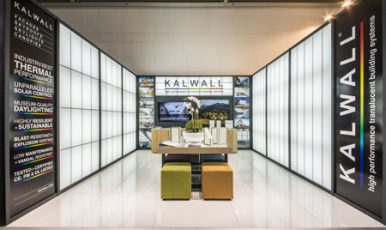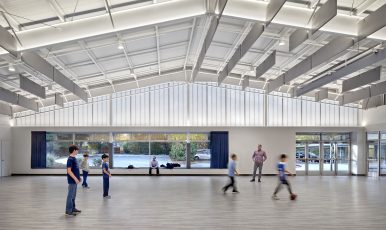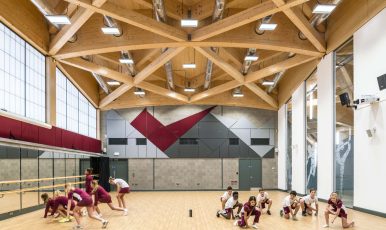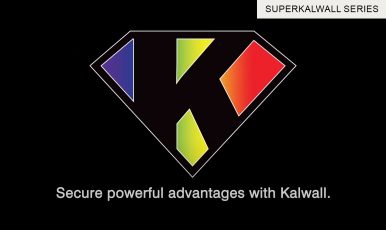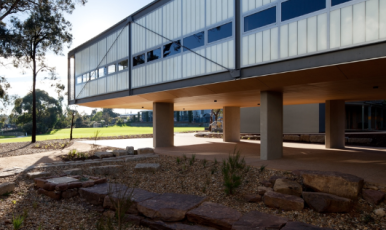Shedding New Light on Old Spaces: Adaptive Reuse with Kalwall
In a world focused on sustainability and smarter design, adaptive reuse stands out as a thoughtful way to reshape our built environments. Rather than tearing down and starting from scratch, this approach gives older buildings a new lease on life—transforming yesterday’s structures into today’s homes, offices, and cultural centers.
There are many types of adaptive reuse projects, from converting historic warehouses into vibrant office spaces to reimagining old schools as boutique hotels. Each one helps preserve architectural character while minimizing the environmental impact associated with new construction. By using an existing footprint, we significantly reduce construction waste and lower carbon emissions produced by starting a build from scratch.
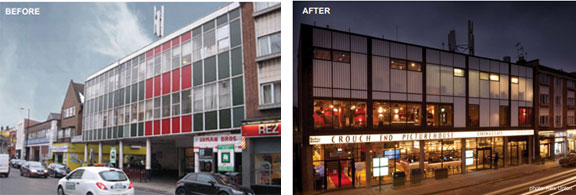
When paired with smart upgrades like energy-efficient systems and daylighting solutions, these buildings can outperform expectations in both beauty and performance. Kalwall’s glare-free, perfectly diffuse daylighting offers a full spectrum of benefits. In addition to beautiful aesthetics, Kalwall panels boast best-in-class thermal performance. SHGC as low as .04 means a world of difference for projects like the Franklin Township Library which had been battling five-digit energy costs for decades.
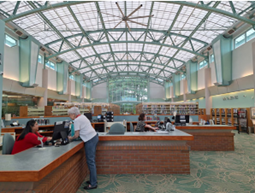
On top of sustainability, Kalwall panels bring strength. They are self-cleaning and highly durable, rated for blast protection, windborne debris, and fire performance. This sustainability and resiliency can bring outdated builds into the present, and help them endure into the future.
With Kalwall, these upgrades become even more sustainable—preserving history while enhancing performance. It’s a win-win for communities, developers, and the planet—and a compelling reminder that stepping into the future doesn’t always mean building new. Sometimes, it’s about seeing old spaces in a new light.

